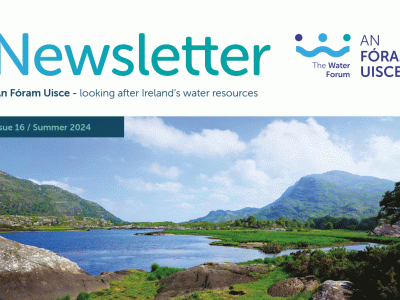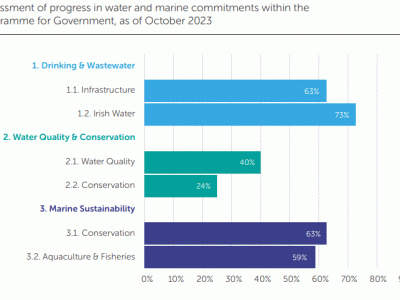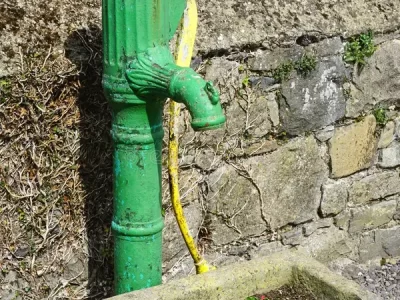Ireland’s first Nitrates Action Programme (NAP) came into operation in 2006. Giving effect to the Nitrates Directive the NAP was designed to prevent pollution of surface waters and groundwater from agricultural sources and to protect and improve water quality. The fourth iteration of NAP (NAP4) expires on 31 December 2021 and the draft measures for the NAP5 that will come into operation in January 2022 is currently out for consultation.
Ireland has applied the NAP on a country-wide basis for 15 years. NAP requires 139,600 farm holdings to manage agricultural nutrients (manure, slurry and chemical fertilisers) so they do not negatively impact on water quality. Improper management of fertilisers can result in nutrients (Phosphorous P, Nitrogen N and Ammonia) entering streams and rivers causing pollution and leading to the growth of algae and reduced oxygen levels.
The principal elements of the NAP include:
- limits on farm stocking rates
- legal maxima for nitrogen and phosphorus application rates
- prohibited spreading periods preventing the application of organic and chemical fertilisers during more environmentally vulnerable times of the year
- minimum storage requirements for livestock manures
- requirements regarding maintenance of green cover in tillage lands and
- set-back distances from waters.
To accommodate intensive agricultural systems, Ireland has applied for and received a derogation from the 170kg livestock manure nitrogen limit as provided for in the Nitrates Directive from the EU. These derogation farmers have stocking rates between 170kg and 250kg per hectare and there were 7,000 farmers in derogation in 2018, the area farmed at this intensity increased by 34% between 2014 and 1018. Derogation farmers are subject to additional conditions to protect the environment. A further 5000 farmers operate above 170kg per hectare but export slurry to comply with the 170kg limit.
Despite 15 years of NAP implementation, water quality in Ireland continues to deteriorate and the EPA reports 85% of N in rural catchments comes from agriculture. P is a significant pressure on water quality in catchments with heavy clay soils prone to overland flow and agriculture is responsible for 99% of ammonia emissions in Ireland.
A review of the effectiveness of the measures was carried out by the DAFM, DHPLG, EPA and Teagasc in 2019 and a first stage consultation was carried out in preparation for NAP5 and these considerations contribute to the current measures proposed for NAP5 that will come into effect in January 2022.
For further information and to contribute to the consultation that is open until 20th September:
gov.ie – Public Consultation on Ireland’s Nitrates Action Programme (www.gov.ie)




